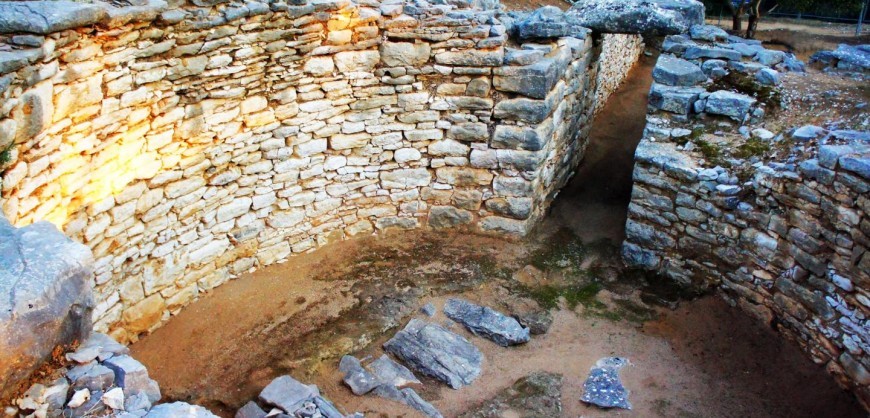Scientists believed until now that the ancient Greek village of Nichoria that stood through both the Late Bronze Age and Greek Dark Age was involved in mainly the craft of cattle ranching with evidence of this coming through the soil. A new study, however, shows inaccuracies in the study of Greek settlements during the Dark Age due to acidic soil that may have resulted in crucial evidence being lost.
A presentation by researchers of the University of Cincinnati titled, “The Good, the Bad and the Ugly at the Dark Age Ranch: Taphonomic Reinterpretations of Pastoralism at Nichoria, Messinia,” states that soil development following the desertion of the site in the Dark Age led to inaccurate preservation of the historic record as large bones, such as those of cattle did not decompose like smaller fragments.
“We actually think that as more of these sites are abandoned in the Dark Age, the landscape becomes very stable, and the weather destroys more of what’s in the top upper layers than the archaeological material buried deeper below. At this site, we have no evidence that the destruction of bone was the result of climate change,” says doctoral student W. Flint Dibble of the University of Cincinnati.
The team is presenting its findings at the joint annual meeting of the Archaeological Institute of America and Society for Classical Studies in New Orleans on Friday.
































